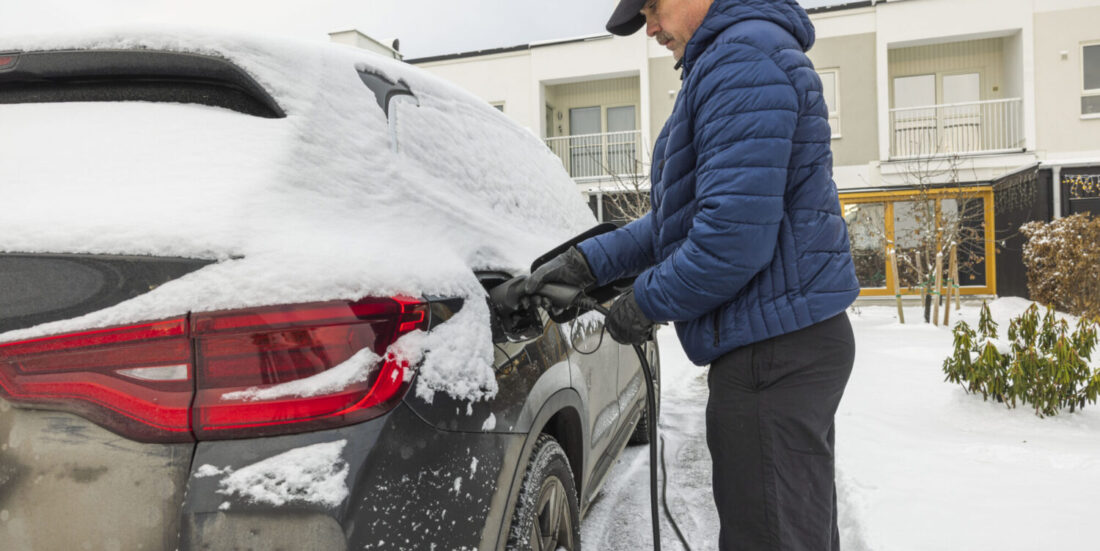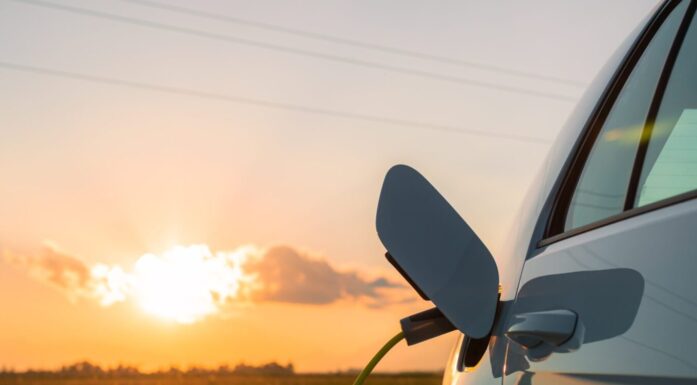What’s the best way of warming up your electric car?
Up until now, car manufacturers and others have been recommending using electricity from the grid to warm up your car on cold winter mornings because this will save the battery and ensure maximum range. But research is showing that this isn’t always necessary. Nor does it save you money.
“We don’t need a fully-charged battery for most car journeys, so preheating in this way puts an unnecessary strain on both the electricity grid and our wallets”, says researcher Åse Lekang Sørensen i SINTEF.
She and her colleagues at NTNU have been calculating how much mains electricity is being used to preheat electric cars (EVs) and how this impacts on the supply grid.
Smart people charge at night
Our increasing use of EVs means that preheating is putting a significant strain on the electricity grid. This makes it important to know how our use of EVs impacts on total electricity consumption and raises issues about the smartest ways of using electricity.
“The amount of electricity we use to preheat EVs is small in terms of the big picture, but it nevertheless impacts on consumption when the load on the grid is greatest.
After parking their EVs at home in the afternoon, many people wait until nightfall before charging them. This is smart because capacity in the grid is greater at night and the electricity least expensive.

On cold mornings, many people preheat their EVs by connecting them to the mains. But this doesn’t necessarily save them money. SINTEF researcher Åse Lekang Sørensen has been measuring levels of energy consumption during the preheating for different makes of electric car. Photo: Bjørn Ludvigsen/SINTEF
However, preheating takes place mostly in the morning on the coldest winter days, when the total load on the grid is at its highest and the electricity at its most expensive.
“The amount of electricity we use to preheat electric cars is small in comparison with the big picture, but it nevertheless impacts on consumption when the load on the grid is greatest”, says Sørensen.
For a single household this will often lead to higher electricity bills because the spot price is normally highest in the mornings. In some cases, it may also result in a higher grid tariff, if the electricity you use for preheating means that you end up in a higher standing charge band. The standing charge band is that part of your electricity bill calculated based on your highest 24-hour peak use each month.
Many makes of EV allow you to use electricity from the battery for preheating. Sørensen recommends that it is better to charge your EV at night, as many people already do, and use the battery to preheat the car in the morning, without connecting it to the mains. She only recommends preheating from the mains if you are starting out on a long journey in cold weather.
Calculating energy consumption during charging
A research team from SINTEF and NTNU has been testing the preheating of some standard electric car makes under different weather conditions. The project has been carried out at the CEER research centre Zero Emission Neighbourhoods in Smart Cities, also known as ZEN.
Five of the most common EVs sold in Norway were tested as part of the experiment – the BMW i3, Jaguar I-PACE, Nissan Leaf, Tesla Model 3 and VW eGolf. Together, these make up 38% of the electric cars currently on Norwegian roads. The results were as follows:
- Most of the EVs consumed between 3 and 8 kW electricity at the start, which was later reduced to about between 2 and 4 kW after 10 to 20 minutes.
- The preheating process lasted between 15 and 45 minutes.
- Energy consumption during preheating was up to 2 kWh for the majority of EVs, with a maximum value of 5 kWh.
The researchers also calculated how a number of different variables impacted on energy use.
“We measured how the electricity consumed in the preheating of EV cabins is influenced by the car itself, the charging point, the time it takes to warm the car, the exterior and interior air temperatures, as well as charging habits”, explains Sørensen. “Charging habits refer to when, how long, and how often we connect to the charger”, she says.
Finally, the team compared the energy consumed for EV cabin preheating with other uses of energy in a typical apartment block.
“This is relevant because it tells us how great a proportion of the total electricity consumed by a household goes towards preheating the car, and thus how the preheating process impacts on electricity bills.
This research work has been carried out at the CEER research centre Zero Emission Neighbourhoods in Smart Cities, also known as ZEN.
Click on this link and read the article: Grid-connected cabin preheating of Electric Vehicles in cold climates – a non-flexible share of the EV energy use



